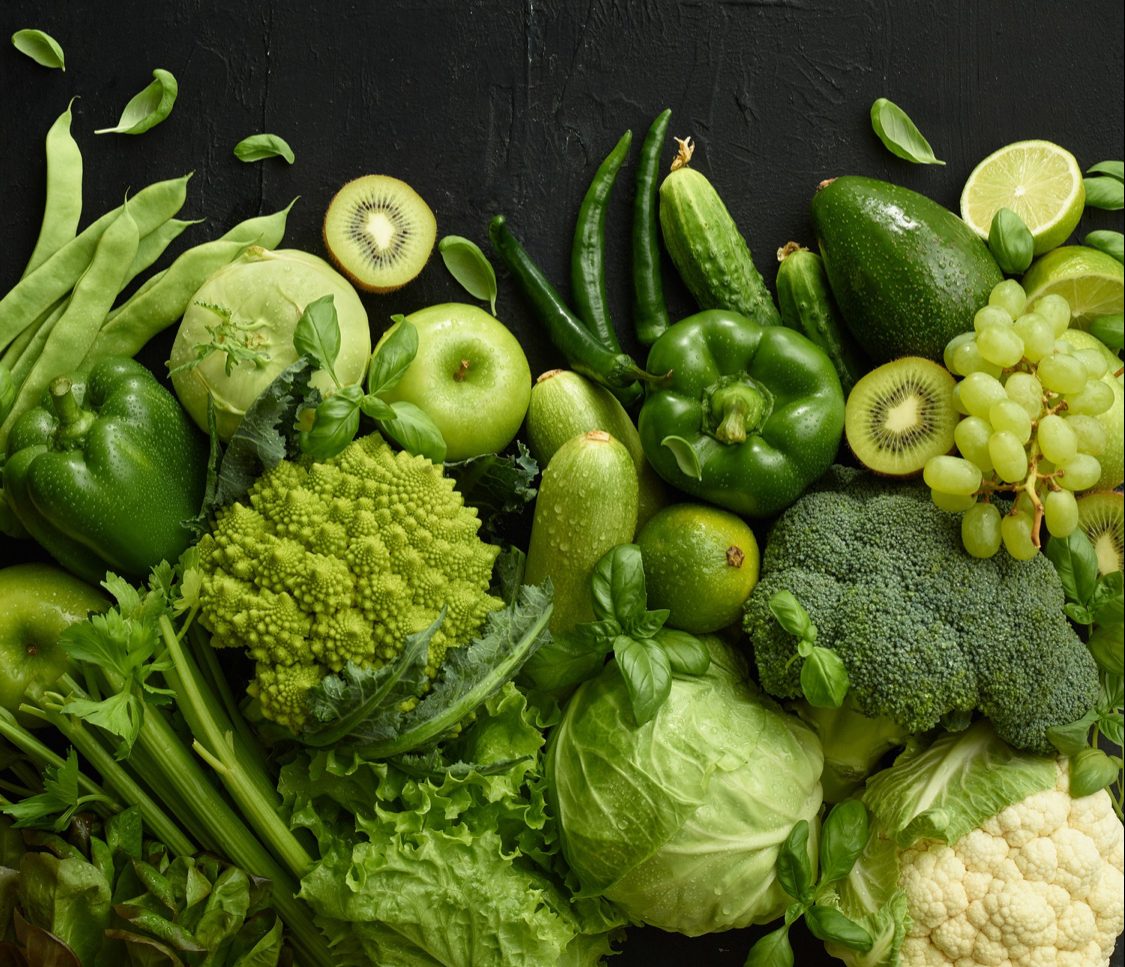Sattvic food is gaining popularity among those who prioritise health and conscious living. This plant-based, nutrient-rich diet stands out for being light, easy to digest, and packed with fibre, making it an excellent choice for overall well-being. Despite its growing appeal, many people follow the sattvic diet without fully understanding its ancient roots and profound benefits.
The concept of sattvic food originates from Ayurveda, the traditional Indian system of medicine that promotes balance in all aspects of life, including diet. According to Ayurveda, a sattvic diet enhances both mental and physical well-being by providing energy, promoting happiness, improving mental clarity, and instilling a sense of calm. Yoga practitioners often adopt this diet as it aligns with the principle of non-violence, focusing on pure, beneficial foods that nourish without harming oneself or others.
Categorisation of Food

In Ayurveda, practitioners classify food into three gunas: Sattva, Rajas, and Tamas, each affecting the mind and body differently:
- Sattva: Represents the highest quality, emphasising purity and balance. Sattvic foods are fresh, light, and easy to digest, enhancing mental clarity and spiritual well-being.
- Rajas: Symbolises action and movement. Rajasic foods provide energy and stimulation; however, excessive intake can lead to stress and restlessness.
- Tamas: Represents the lowest quality, associated with inertia and negativity. Tamasic foods tend to be heavy and processed, promoting lethargy and confusion, so individuals should limit their intake for better health.
What is Sattvic Food?
A sattvic diet focuses on fresh, natural, and organic ingredients that are either raw or lightly cooked, avoiding artificial preservatives and chemicals. Rich in vitamins and minerals, this vegetarian diet features seasonal fruits, vegetables, whole grains, legumes, nuts, seeds, honey, herbs, and dairy without animal rennet. Foods that are stale or processed do not qualify as sattvic.
Examples of sattvic foods include:
- Fresh fruits and vegetables
- Sprouted whole grains
- Pure fruit juices
- Nut and seed milk
- Fresh dairy products (without animal rennet)
- Legumes (like lentils and chickpeas)
- Nuts and seeds
- Herbal teas
- Ghee (clarified butter)
Sattvic food emphasises simplicity and purity, using gentle cooking techniques that preserve the ingredients’ natural qualities.
Foods to Avoid in a Sattvic Diet
In a sattvic diet, you should avoid certain foods due to their perceived negative effects on the body and mind, including:
- Alcohol: Dulls the mind and body and is considered tamasic.
- Onions and Garlic: Overstimulating and rajasic, these disrupt mental balance despite their medicinal properties.
- Frozen and Processed Foods: These foods lack life energy and nutritional quality, categorising them as tamasic.
- Tea and Coffee: These stimulants disturb the calm state promoted by sattvic foods and are viewed as rajasic.
- Meat, Fish, and Eggs: You should exclude these due to the harm they cause to living beings.
- Leftovers: Considered tamasic, leftovers lack the freshness and energy of freshly prepared meals.
Benefits of a Sattvic Diet
A sattvic diet offers numerous health benefits that enhance both mental and physical well-being:
- Improved Heart Health: Plant-based foods can reduce your risk of heart disease by up to 30% compared to non-vegetarian diets due to their low saturated fat and high fibre content.
- Cancer Prevention: Sattvic foods, rich in antioxidants and phytochemicals, lower your cancer risk by protecting against oxidative stress.
- Lower Risk of Stroke and Type 2 Diabetes: A plant-based diet is linked to a reduced risk of stroke and diabetes, even among individuals of similar weight.
- Enhanced Digestive Health: The high fibre content in sattvic foods aids digestion and promotes a healthy gut microbiome, reducing bloating and constipation.
- Weight Management: Sattvic foods, which are light and easily digestible, help you maintain a healthy weight and control unhealthy cravings.
- Strengthened Immune System: A diverse range of fruits, vegetables, and whole grains boosts your immunity with essential vitamins and minerals.
- Hormonal Balance: Nutrient-dense foods support your body’s natural hormonal functions for overall well-being.
Potential Challenges of a Sattvic Diet
While beneficial, a sattvic diet presents certain challenges:
- Time-Consuming: Preparing fresh meals can take considerable time and effort, especially if you have a busy lifestyle.
- Nutritional Gaps: Excluding animal products may lead you to require supplements for nutrients such as omega-3 fatty acids, vitamin B12, and iron.
- Limited Food Options: The diet excludes nutritious foods like onions, garlic, and mushrooms, which can complicate your meal planning.
- Unsuitable Food Combinations: The diet discourages certain pairings, such as salt with milk or fruit with dairy, which may limit your culinary creativity.
Key Takeaways
The sattvic diet promotes energy, mental clarity, and overall balance, offering significant physical and mental health benefits. By focusing on fresh, nutrient-rich foods and avoiding harmful substances, you can enjoy enhanced well-being and spiritual harmony. However, maintaining a balanced intake is crucial, and supplements may be needed to meet all nutritional requirements. Incorporating a wide range of fruits, vegetables, grains, and legumes ensures you receive essential vitamins and minerals for optimal health. For those seeking a mindful and healthy lifestyle, the sattvic diet provides a solid foundation for physical vitality and mental peace.
 Food Manifest
Food Manifest 


















